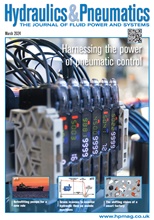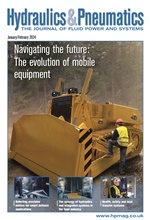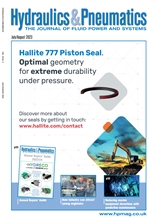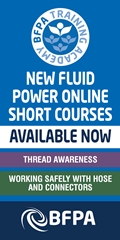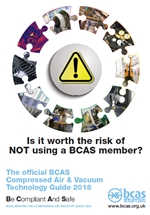Retrofit safety using control valves
The food and beverage industry has embraced automation – partly due to the necessity of reducing production costs, but also to help meet food safety standards and personnel safety legislation. By taking a modular approach to automation, plant owners can gradually introduce new technologies and expand the number of automated processes, in order to maintain productivity and keep up with the latest safety legislation.
Increasing levels of automation in industrial processes has required additional levels of safety and reliability to be introduced, which has led to, among other things, the adoption of the European Union’s new Machinery Directive ISO 13849 and a number of new standards such as IEC 62061. Within both of these pieces of legislation are details of increased safety functions, known as Safety Integrity Levels (SIL) or Performance Levels (PL) that categorise control components and structures with regard to fault detection, redundancy and reliability.
Many automated processes use pneumatic valve islands, connected to PLCs, to maintain the production process and any safety related circuits are separate from the valve island. Fortunately, in many cases the new standards can be achieved without massive alterations to the existing control infrastructure – a simple retro-fit can improve the safety levels and achieve compliance.
Plant managers can upgrade existing control structures to PLc or SIL1 with a compact solution and minimal changes to the circuit. The only addition to the control cabinet is the safety relay, if it was not already present, which keeps both costs and space requirements to a minimum.
In more demanding applications that require a higher level of safety, it is possible to introduce a redundancy valve block that will enable PLd or SIL2 to be achieved, which can apply to many applications in the hygienic sector where clean-in-place (CIP) procedures are used.
In processes where an inspection hatch can be opened for maintenance for example, it is essential that the process must be stopped if a cover is removed at an inappropriate time. Under normal circumstances the safety valve on the pneumatic valve island will stop the process, but in situations where there is an increased risk, the redundancy block is positioned so that if the safety valve does not operate, then the process will be stopped by the backup valve.
Bürkert offers a wide range of smart process valves and safety control valves that solve problems, reduce energy usage and increase productivity, as well as delivering a proven design and development service in the UK.
-
Smart Manufacturing & Engineering Week
05 - 06 June, 2024
NEC, Birmingham -
HILLHEAD 2024
25 June, 2024, 9:00 - 27 June, 2024, 16:00
Hillhead Quarry, Buxton, Derbyshire UK



